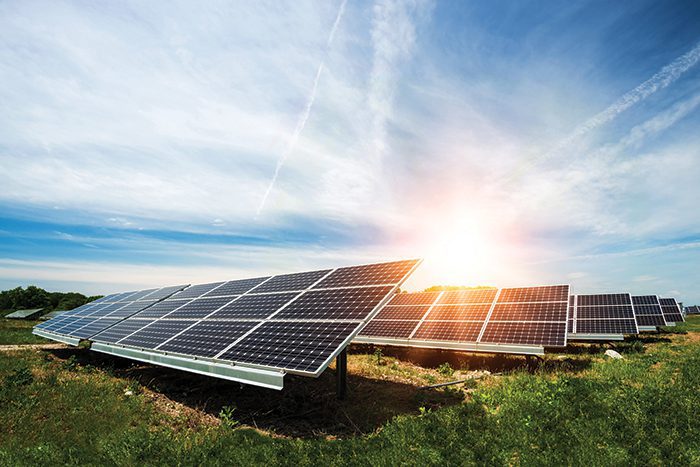Solar power has emerged as a viable and sustainable alternative to traditional energy sources over the past decade. As the demand for solar energy has increased, so has the need for efficient and reliable solar inverters. These essential components convert the direct current (DC) electricity produced by solar panels into alternating current (AC) electricity that can be used to power homes and businesses. In the last decade, significant advancements in solar inverter technology have been made, leading to improved performance, increased efficiency, and enhanced reliability.
Higher Efficiency
One of the most notable improvements in solar inverter technology is the increase in efficiency. In the early days of solar power, inverters had relatively low-efficiency ratings, resulting in energy losses during conversion. However, modern inverters, such as those developed by SolarEdge, have achieved remarkable efficiency levels, often exceeding 99%. This means that more solar energy generated by the panels can be effectively utilized, resulting in higher overall system efficiency and greater energy savings.
Module-Level Power Optimization
Traditional string inverters used to operate at the system level, meaning that the entire solar panel array was treated as a single unit. However, recent advancements have introduced module-level power optimization, which allows for independent control and monitoring of each solar panel. This technology, known as power optimizers, maximizes energy production by ensuring that each panel operates at its optimal power point, even in shading or panel mismatch. By reducing the impact of partial shading and other issues, module-level power optimization greatly improves the overall performance and reliability of the solar system.
Enhanced Monitoring and Maintenance
Another significant improvement in solar inverter technology is the integration of advanced monitoring and maintenance features. In the past, solar system owners had limited visibility into the performance of their inverters and had to rely on periodic manual checks. Today, many inverters have built-in monitoring systems that provide real-time data on energy production, panel-level performance, and system health. This allows homeowners and solar professionals to quickly identify and address any issues, ensuring optimal system performance and minimizing downtime.
Safety and Grid Integration
As solar power systems became more prevalent, grid integration and safety became critical considerations. Advanced solar inverters now incorporate features such as anti-islanding protection, which prevents the system from feeding electricity into the grid during power outages. Additionally, improved grid interaction capabilities allow inverters to communicate with utility networks and comply with grid regulations more effectively. These advancements ensure that solar systems can seamlessly integrate with the electrical grid while maintaining a high level of safety for both homeowners and utility workers.
All of these advancements have made solar power an even more attractive and reliable energy solution. To explore the full range of benefits modern solar inverters offer, consult a solar professional. They can provide expert guidance on selecting the right SolarEdge inverter for your specific energy needs and ensure a successful solar installation.
Lucas Noah, armed with a Bachelor’s degree in Information & Technology, stands as a prominent figure in the realm of tech journalism. Currently holding the position of Senior Admin, Lucas contributes his expertise to two esteemed companies: OceanaExpress LLC and CreativeOutrank LLC. His... Read more
